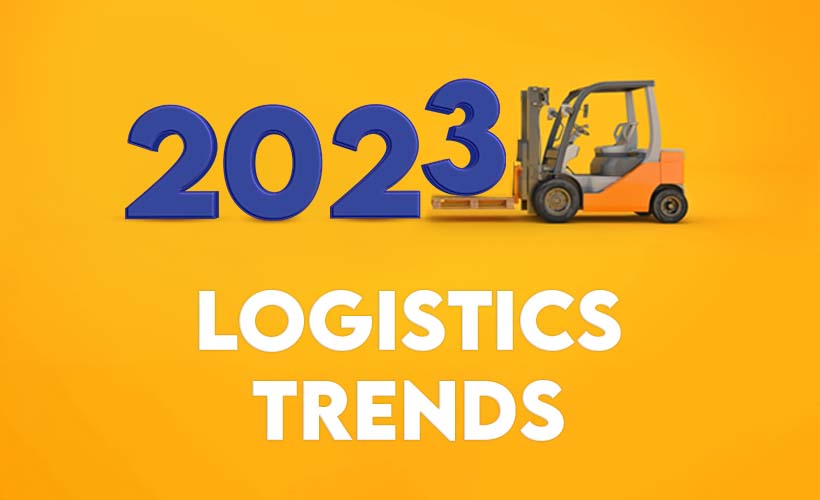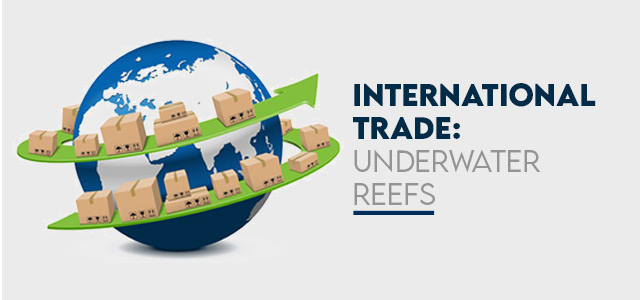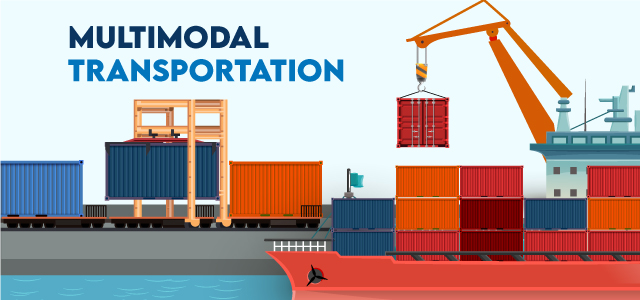Key Logistics Trends in 2023

In recent years, the coronavirus pandemic has affected all sectors of the global economy. Logistics companies have to change their strategies to be more innovative to reduce losses and meet the new demands of the economy in the face of restrictions. There is an urgent need to respond in a timely manner to the rapidly changing trends in logistics in 2023.
The main ones include the following:
Digitalization and artificial intelligence
The pandemic contributed to a shift in the vector of business development, which also affected the digitalization process. Companies now face the challenge of integrating human capabilities and artificial intelligence. Investments in the development of information technology are considered one of the best ways to reduce the costs of companies. Severe quarantine restrictions have underlined the clear need for such innovations. Logistics companies are increasingly introducing new systems for managing warehouse and transport operations, new IT solutions to optimize logistics solutions, and also improve existing ones.
Elastic logistics
The market is governed by the law of supply and demand, the ratio of which is sometimes unpredictable. In this aspect, thanks to elastic logistics, it is possible to increase and decrease capacities in the supply chain, and quickly adapt to changing realities. The "flexibility" of logistics helps to reduce costs and not lose potential profits.
Focus on online commerce
The global Covid-19 pandemic has significantly affected the market structure and growth of online shopping and helped remove barriers to taking advantage of e-commerce. Electronic alternatives to offline offerings have been launched to meet dynamic consumer demands. The conservatism of some companies in this matter has led to forced closures or significant losses.
Green logistics
Global warming and human impact on the environment are no longer considered abstract concepts, but the specific problem, which is being addressed in all spheres of life. The logistics industry is also no exception. Green Logistics - a new concept in this area, aimed at reducing the industry's impact on the environment. There are many ways to prevent pollution by green logistics companies - optimizing loading, optimizing the route, choosing a more environmentally friendly mode of transportation, etc. In the future, this trend is only expected to further strengthen.
Last Mile in logistics
This is the last stage in the delivery of goods to the buyer. At this stage of the supply chain, there are some difficulties, the main of which is the speed of delivery. In order to compensate for delays in global transportation, courier services are trying to make the most of the efficiency on the last mile. Only in this case, they will be able to manage the situation, meet the requirements of the market and strengthen their position in the business.















